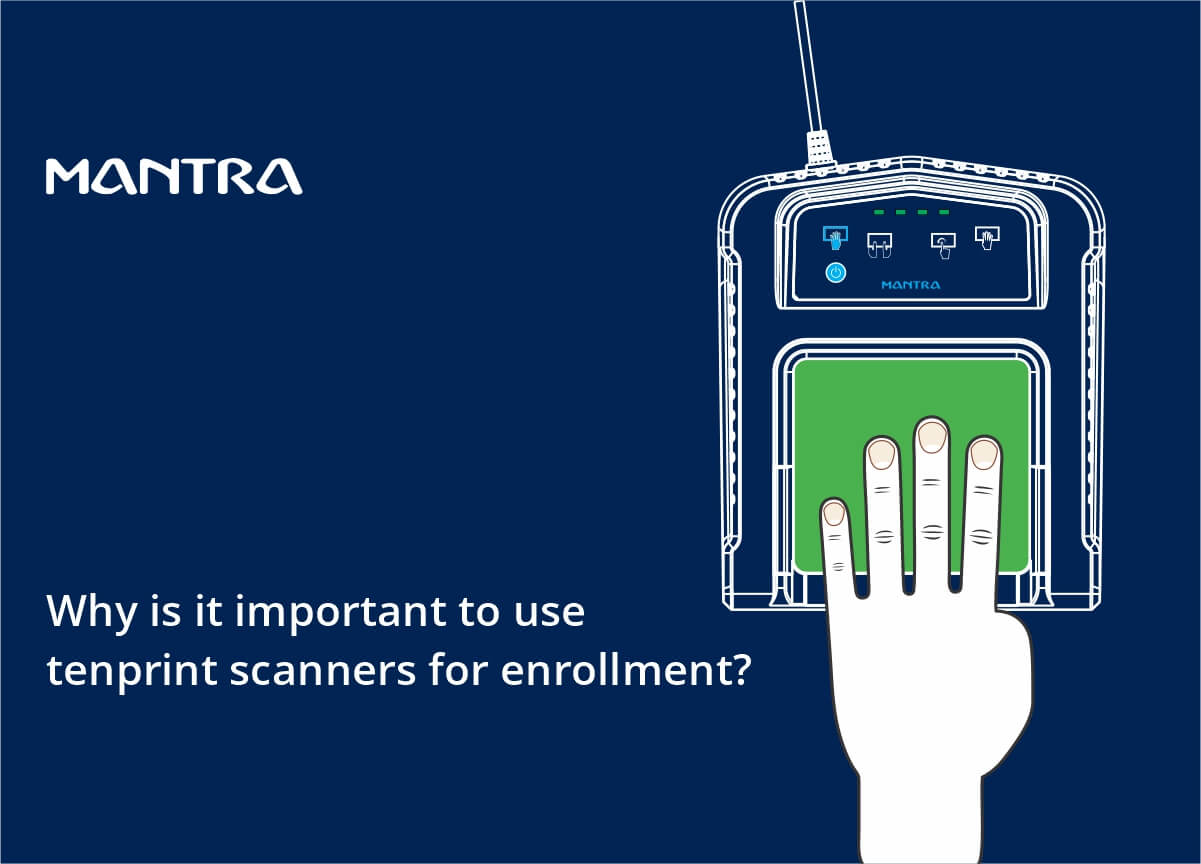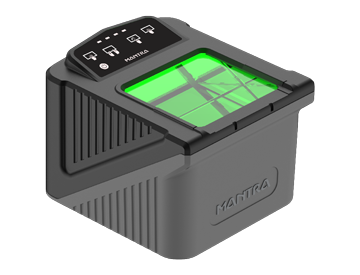
Everyone now is familiar with the fingerprint security system on smartphones, office door access control, and banking and financial services. Because of their convenience and ease of use, businesses consider fingerprints the first choice for authentication. However, the need for multiple fingerprint authentication is inevitable in many applications, where relying on only one fingerprint is not feasible.
Multiple fingerprint authentication is necessary in many cases. For example, suppose a person is trying to do a transaction at the bank or ATM with fingerprint authentication. Unfortunately, she couldn't successfully authenticate her fingerprint for reasons such as excess sweat, wound or any other medical conditions, fading of the fingerprint caused by oil or other chemical applications. Individuals may request password authentication in such instances. However, this may result in a security problem, especially in the banking and financial sector and civilian verification. To reduce such issues, multiple fingerprint authentication is beneficial.
How multiple fingerprints are enrolled?
The standard procedure for enrolling ten fingerprints is capturing three sets of fingerprint cards: left four fingers in one slap, right four fingers, and two thumbs, so that there will be three fingerprint cards for an individual as his fingerprint identity. The fingerprint cards are captured with tenprint slap scanners or FAP 40 and above (Fingerprint Acquisition Profile) devices.
The tenprint scanner

The tenprint scanner, also called the 4-4-2 scanner, is a fingerprint enrollment device that produces high-quality fingerprint images. Because it must enrol four fingers in one slap, it will have a larger capture area than standard fingerprint scanners used for identification. And the image quality is very high since it has to segment each fingerprint image out of the four fingerprint sets.
Each fingerprint in a four-slap print will have the adequate quality to segment each of them. The device will reject the slap if it doesn't meet the image quality and ask for enrollment again. The captured four slap prints can be segmented into individual fingerprints with the help of software for later verification purposes. Unlike ordinary fingerprint verification devices, tenprint scanners can use for both verification and enrollment. In addition, the tenprint scanner supports livescan, which is beneficial for border security and law enforcement agencies.
Applications where tenprint scanners are important
The tenprint enrolments are beneficial in applications that demand high throughput and accuracy. There are several applications where enrolling all the ten fingerprints is necessary that are listed below:
1. Civil ID registration
Biometrics has become the primary citizen authentication method for the disbursement of government subsidies and schemes. People from various sectors may try to authenticate in different circumstances. In such cases, false rejection of fingerprints often happens due to skin conditions, dirt, or wounds, but people can try to authenticate with their other fingers. It increases the convenience and accuracy of citizen authentication.
Also read: Aadhaar Based Biometric Fingerprint Scanner for NSDC Assessor Assessment Process
2. Latent fingerprint scanner
Latent fingerprints are obtained from a crime scene by forensic and investigation agencies. The forensic team may get multiple fingerprints of people from various locations in the crime scene. Connecting the dots manually with the latent fingerprints is a challenging and time-consuming job; that is, pairing multiple fingerprints of a person randomly obtained from a crime scene. The latent fingerprints can be uploaded to fingerprint comparing software with the help of latent fingerprint scanners, which will help match multiple prints and find the exact owner of the prints. On the other hand, if the forensic is attempting to identify a culprit using the fingerprint of one finger that can't pair with another from a large population, several matches are possible since the latent prints may be partially clear.
Many security agencies are doing this now; they compare the latent prints against the police's database to find the culprits. The Interpol runs an international fingerprint database known as the automatic fingerprint identification system (AFIS).
Also read: Syncing Prisoner's Record with Fingerprint Database through Biometrics
3. Access control
Multiple fingerprints enrollment with a tenprint scanner helps the access control and security systems to allow organisations to improve security by enabling multi fingerprint authentication. Organisations can design an access control system that asks for different fingerprints at the various doors; like a bank manager can use his forefinger for biologin to his computer system and thumb for the locker room, though the access control system detects him as the manager.
Wrap up
Unlike the regular fingerprint sensors used for verifications, the tenprint scanners should have the upper hand in producing high-quality templates, certifications, security compliance (FBI certification), ruggedness to protect the device from dust and water.
Check our tenprint scanners: MORPHS, feel free to contact us.
SUBHANKAR BISWAS
Subhankar biswas
Reply